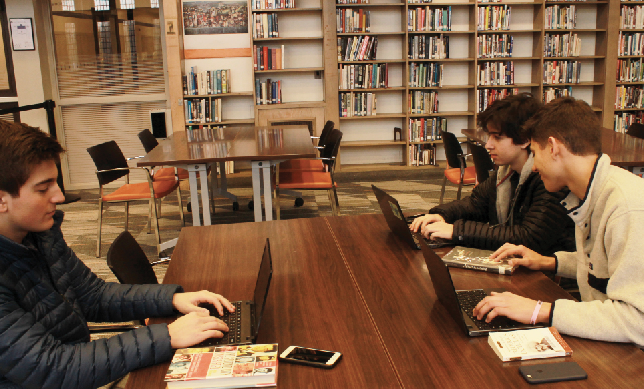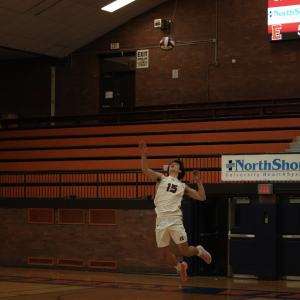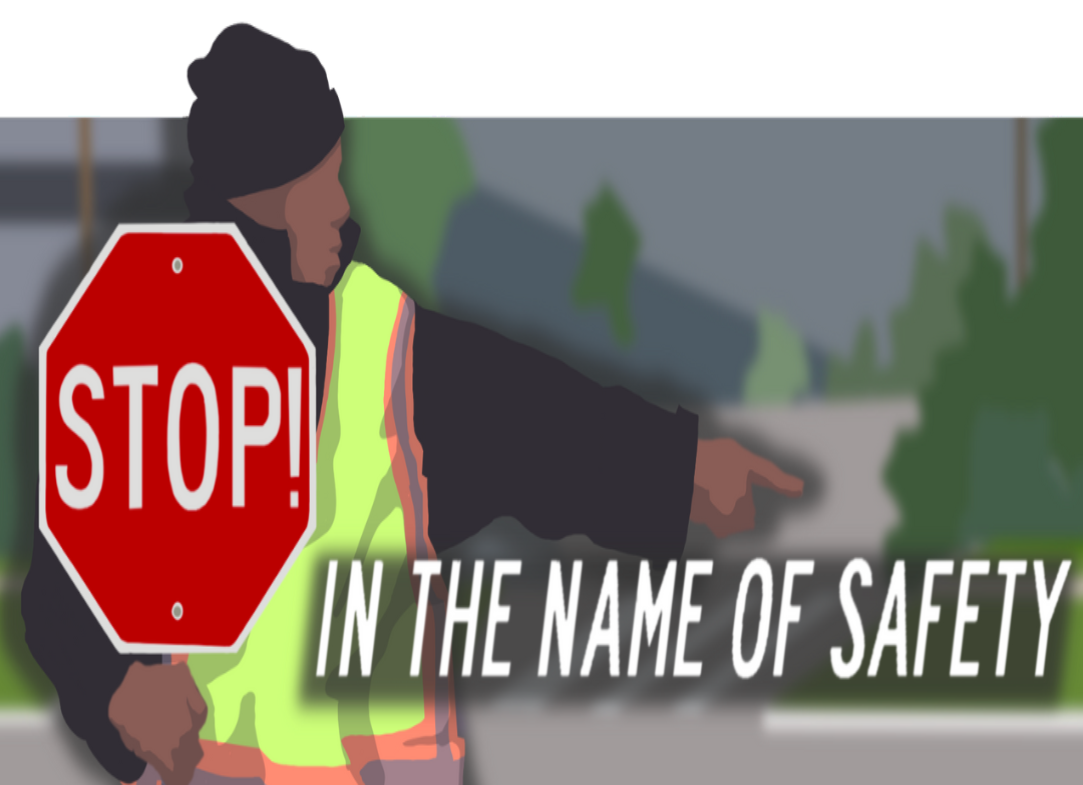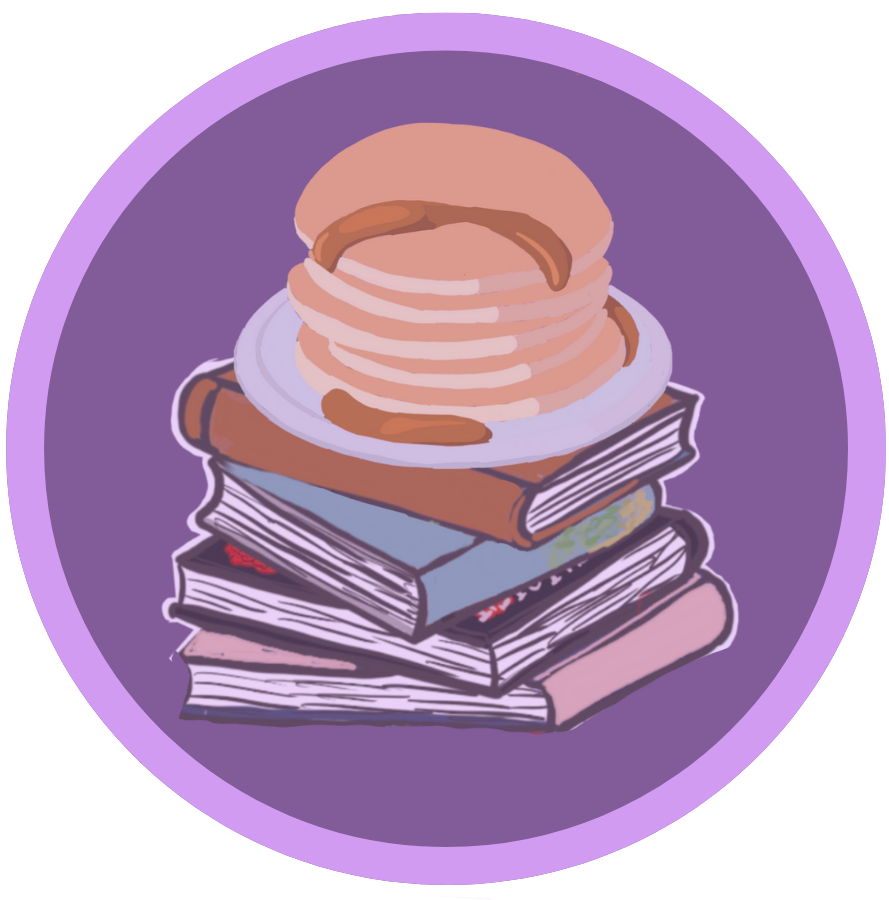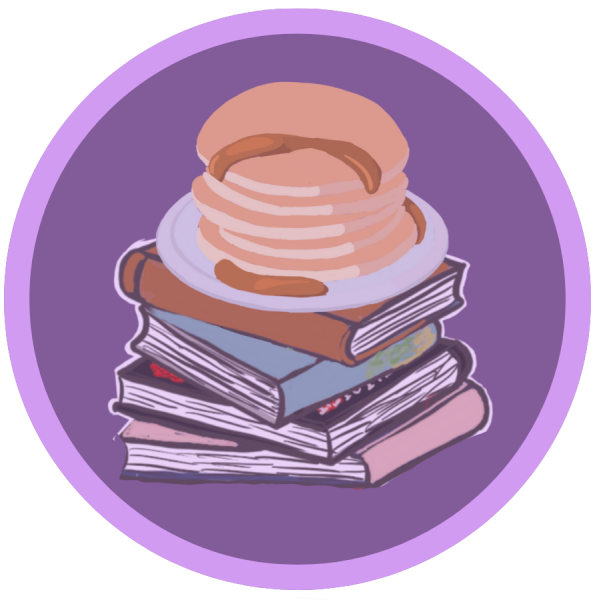Students rediscover reading
February 24, 2017
Many assume that students are reading less, but the truth is that they are reading differently. With increased access to social media and other online sources, students are actually reading more than previous generations, but in much shorter increments.
“I’m too busy with schoolwork, athletics and college apps to have any good time to read a book,” senior Wally Waterloo says.
And he’s not alone.
Many students expressed the desire for long reading but said they couldn’t because they didn’t have the time for various reasons. This is especially problematic in athletes and high achieving students, since their time is even more limited due to practice and AP classes.
When students run out of time to study their assigned readings they often turn to online sources like Sparknotes or Shmoop.
“I don’t like them,” English teacher Mariana Romano said referring to the two online sources for literary analysis. “The point of reading is close analyzing. When you turn to a source with the answer what have you done except jump through a hoop?”
While finding answers online is certainly a way to boost a student’s grade, it does not teach them the reading skills that they were supposed to learn from the assigned reading.
“Students have been trained to give specific and correct answers. The thought of possibly not knowing the answer becomes unacceptable,” Romano explained.
Romano also noted that Sparknotes occasionally has blatantly incorrect information which could throw a student off on a reading quiz or test so online answers should always be double checked before using them on an assignment.
But students are of a different mindset.
“I don’t ever read the book, it’s such a waste. Sparknotes is much more efficient for me because I’m a student athlete” senior Hannah Schaps said.
Students aren’t getting enough time to read so an obvious way to curb this habit of using Sparknotes instead of reading is to give students more time.
“I think time is a real issue,” English teacher Lisa Oberman says. “Students may have very good intentions, but they are exhausted, so they fall asleep instead of doing their readings.”
Reading can take many forms. For example, younger generations consider reading to mean everything from online articles to short tweets. Reading a book, however, is a much more focused task that requires a student to be concentrated on the same idea for an extended period of time. This is the skill that many current generation students have lost.
“Students have gotten out of the habit of doing long sustained reading and instead they’re reading Twitter feeds and text messages. Reading multiple pages with the same idea or story is a completely different skill,” Oberman says.
And she’s right. Social media is one of the primary forms of content that current students turn to instead of reading books. Instead of sitting down and reading a novel, students jump on their phones and scroll through their Instagram or Facebook feeds. They may be spending the same amount of time “reading” but they don’t get as much out of it because they are never forced to think about what they are reading on a deeper level.

